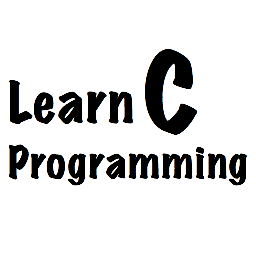Give block diagram of DMA controller. How does the CPU initialize the DMA transfer? 5m Jun2008
Give block diagram of DMA controller. How does the CPU initialize the DMA transfer? 5m Jun2008 Device Controller A device controller need not necessarily control a single device. It can usually control multiple I/O devices. It comes in the form of an electronic circuit board that plugs directly into the system bus, and there is… Read More »


